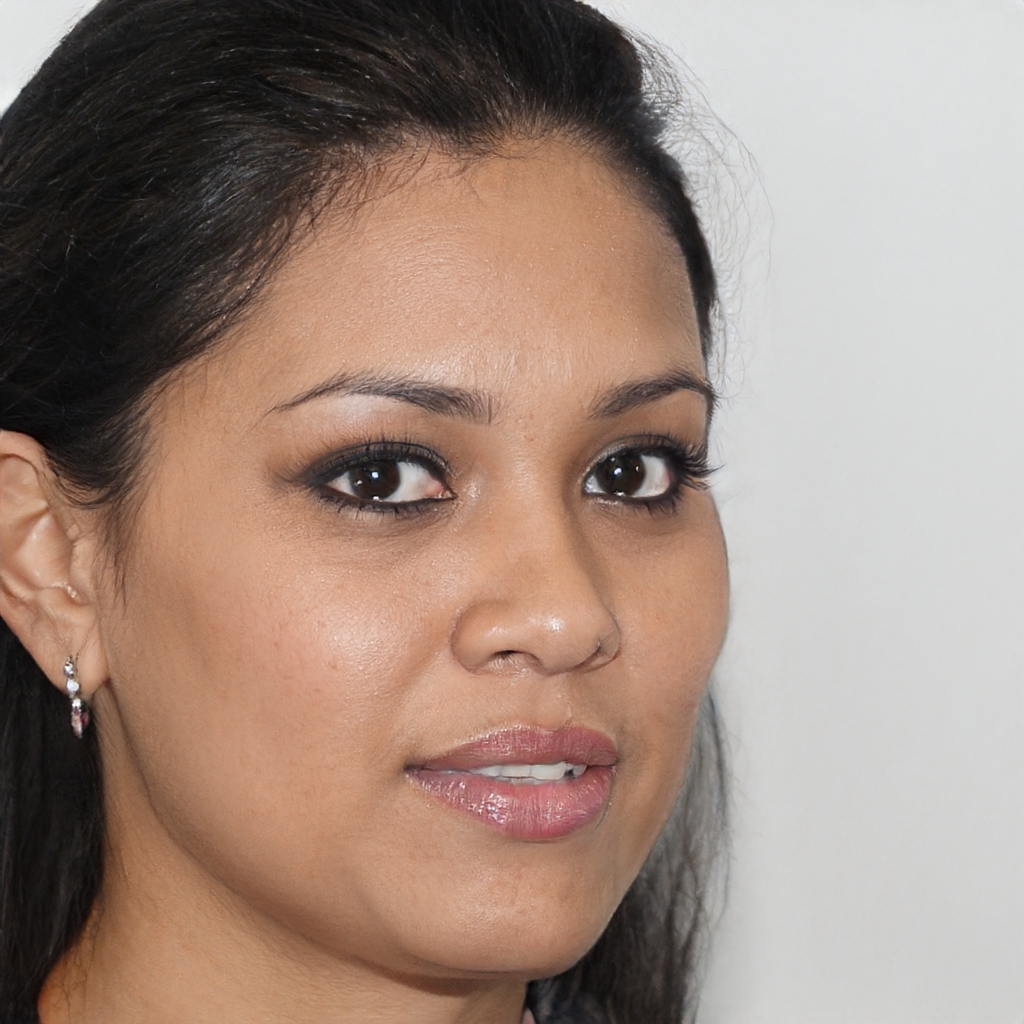Apple has filed a patent in which it shows a revolutionary alternative to the touchpad: in its place a dynamic multi-function area
In a patent filed by Apple in the United States there is a description of what could be the touchpad of the MacBooks of the future. But, like all patents from all manufacturers, it's not certain that it will one day become reality because it could also remain on paper forever.
What is it about? To replace the current "gated" touchpad into a larger area under the keyboard dedicated solely to the touchpad. In fact, the entire area under the keys for writing could become a virtual touchpad and the user could choose, as he likes, size and position of the touch-sensitive area. And that's not all: he could also change it when he wants, with simple gestures and without going through the configuration via software. The patent in question, filed on May 19, describes this touchpad as a "Dynamic Input Surface". Such a surface could be used on different types of devices, not only on MacBooks.
Dynamic touchpad: how it works
From the drawings attached to Apple's patent application, it is clear that, in essence, the entire area under the keyboard is covered by the patent. Under the surface layer and visible to the user there are three rectangular areas, with dimensions similar to those of the current touchpad, so in practice the space is tripled and positioned under the surface of the shell. Shell that becomes semi-transparent, because the three areas of the touchpad can be illuminated to show the user the boundaries of the touch-sensitive area. The user can choose whether to use the area on the left, the one in the middle, the one on the right or two or three areas together.
Dynamic touchpad: how to use it
The patent speaks clearly: the invention is not so much the dynamic touchpad, but the way the user can configure it. A way that, as the patent suggests, could be implemented on other types of devices. The patent states: "The size, shape and/or position of the input surface can be changed configured based on the user's desire and/or interaction with the electronic device. Increasing the size of the input surface allows the user more room for scrolling gestures, which could eliminate the need for the user to lift their fingertips off the surface to continue scrollng. In addition, changing the position or shape of the dynamic input surface allows the user to move it to a preferred position on the shell for more comfortable use and/or to move the input surface to one side."
